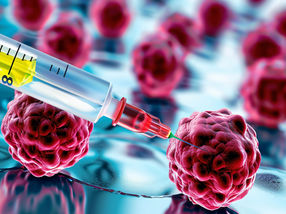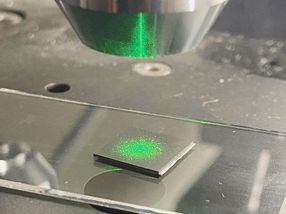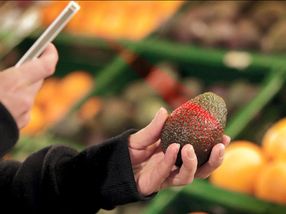MerLion’s finafloxacin shows positive phase 2 results in complicated urinary tract infections
MerLion Pharmaceuticals announced positive results from a phase 2 trial with finafloxacin, conducted in Europe, treating patients hospitalized with complicated urinary tract infections (cUTI), including a high proportion with pyelonephritis.
Finafloxacin is a fluoroquinolone antibiotic that demonstrates a substantially improved therapeutic profile over the existing gold standard and greater utility in treating many severe infections, including those caused by a number of resistant Gram-negative pathogens. This superior profile is a result of finafloxacin’s unique chemical structure: in the hostile acidic conditions found at the sites of nearly all infections there is a substantially higher take-up and accumulation of finafloxacin in bacterial cells, as well as superior binding of the molecule to the two fluoroquinolone targets. Most other antibiotics, including other fluoroquinolones, have decreased activity in these acidic conditions where their effectiveness is most needed.
The results from this phase 2 study indicate that patients treated with a five day course of finafloxacin had a higher, more rapid and more sustained level of microbiological eradication and improved clinical outcomes than those treated with the current standard of care (ciprofloxacin taken twice daily for 10 days). The trial’s primary and secondary endpoints were all successfully achieved. Finafloxacin was found to be both safe and tolerable, with only a small number of class-typical adverse events observed.
MerLion has developed IV and oral formulations of finafloxacin with equivalent bioavailability, offering physicians the choice of initially treating infections in hospital or at out-patient infusion centres for one to three days with the IV regimen, then allowing patients to complete their treatment at home; reducing the risk of complications and/or secondary infections.
Most read news
Organizations
Other news from the department research and development

Get the life science industry in your inbox
By submitting this form you agree that LUMITOS AG will send you the newsletter(s) selected above by email. Your data will not be passed on to third parties. Your data will be stored and processed in accordance with our data protection regulations. LUMITOS may contact you by email for the purpose of advertising or market and opinion surveys. You can revoke your consent at any time without giving reasons to LUMITOS AG, Ernst-Augustin-Str. 2, 12489 Berlin, Germany or by e-mail at revoke@lumitos.com with effect for the future. In addition, each email contains a link to unsubscribe from the corresponding newsletter.























































